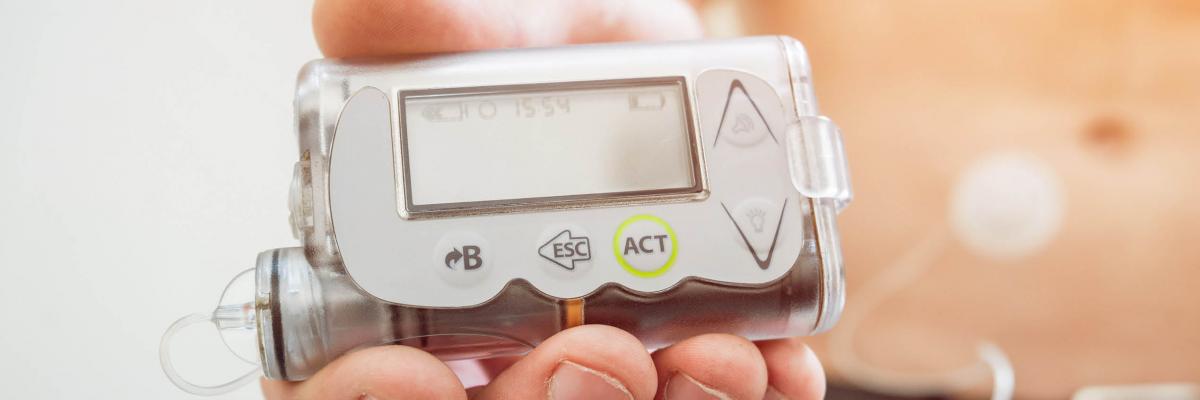In the early 1920s, Frederick Banting and Charles Best announced they had successfully isolated insulin for the first time – one of the most groundbreaking moments in the treatment of diabetes, and medical history. Before the discovery in 1921, children and adults often died within days or months.
The advent of insulin therapy extended lives by decades, which was the case for Leonard Thompson. The 14-year-old was dying from diabetes in a Toronto hospital on January 23, 1922, when he became the first person to receive an injection of insulin. Within 24 hours, Leonard's dangerously high blood glucose levels dropped to near-normal levels.
The news about insulin spread around the world like wildfire. It was a breakthrough that helped saved millions of lives and continues to help people manage their diabetes every day.
Fast-forward to today, people living with diabetes have seen many breakthroughs, including the invention of insulin pumps in the 1970s, which allow people to administer insulin. Since then, insulin pump manufacturers have made improvements to their design, including reducing the size from that of a backpack to a deck of cards.
But one thing hasn’t changed: Canadians with diabetes and sight loss still face accessibility barriers that prevent them from safely and independently using insulin pumps. Many individuals are afraid of giving themselves too little or too much insulin, resulting in liver, kidney or brain damage, putting them into a coma or worse.
If improper insulin administration can be lethal, it begs the question: Why aren’t insulin pump manufacturers and Health Canada doing something about it?
Diabetes and sight loss are closely linked – diabetic retinopathy is the fourth leading cause of sight loss in Canada, and the leading cause in working-age adults. With approximately 750,000 Canadians living with the eye condition, it seems likely that pump manufacturers would be making devices that this segment of users could safely and independently operate.
The reality is much different. Insulin pumps have become more inaccessible, with the introduction of touch-screen devices, tactile features being consolidated or removed, and safety features being introduced that cause barriers to people using the device.
On behalf of Canadians who are living with diabetes and sight loss, CNIB, Alliance for the Equality of Blind Canadians, American Council of the Blind - Diabetics in Action, Canadian Council of the Blind, Diabetes Canada, Rick Hansen Foundation, JDRF Canada, and the National Federation of the Blind demand action now:
- Insulin pump manufacturers must prioritize designing pumps using universal design features. Without accessible devices, the safety of Canadians living with sight loss and diabetes will remain at risk.
- The Honourable Jean-Yves Duclos, Minister of Health, and The Honourable Carolyn Bennett, Associate Minister of Health, must champion changes to Health Canada’s processes for approving medical devices to ensure insulin pumps entering the market are fully accessible – and provide a timeline for implementation.
Canadians living with sight loss and diabetes deserve to administer their insulin using a pump safely and independently without jeopardizing their health. We don’t need a special pump for people with sight loss, we need pumps that are universally designed, so everyone can use them.
Respectfully,
John M. Rafferty, President and CEO, CNIB
Marcia Yale, National President, Alliance for the Equality of Blind Canadians
Thomas L. Tobin, President, American Council of the Blind - Diabetics In Action
Jim Tokos, National President, Canadian Council of the Blind
Russell Williams, Senior Vice President, Diabetes Canada
Dave Prowten, President and CEO, JDRF Canada
Mark Riccobono, President, National Federation of the Blind
Doramy Ehling, CEO, Rick Hansen Foundation
